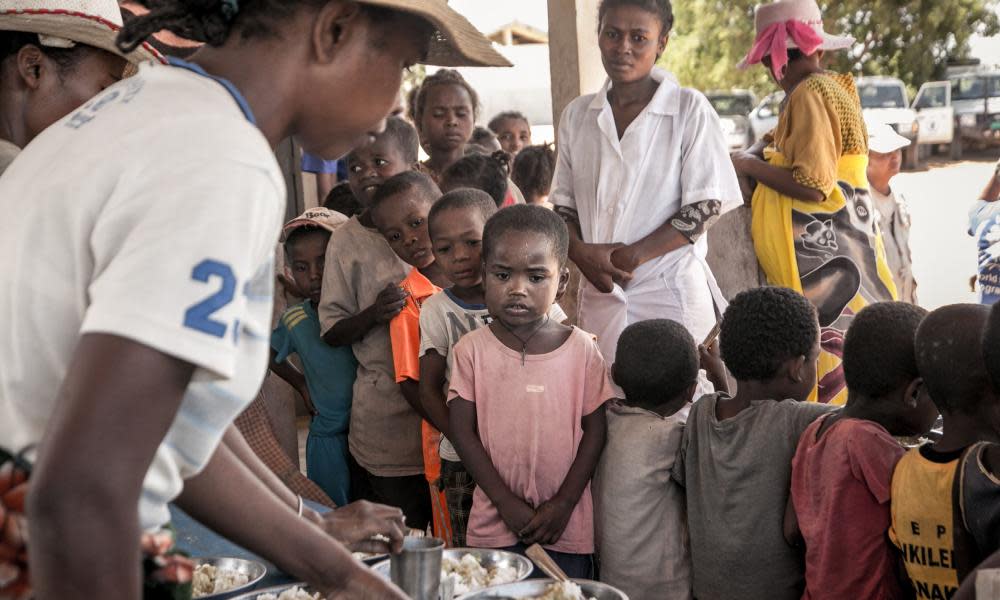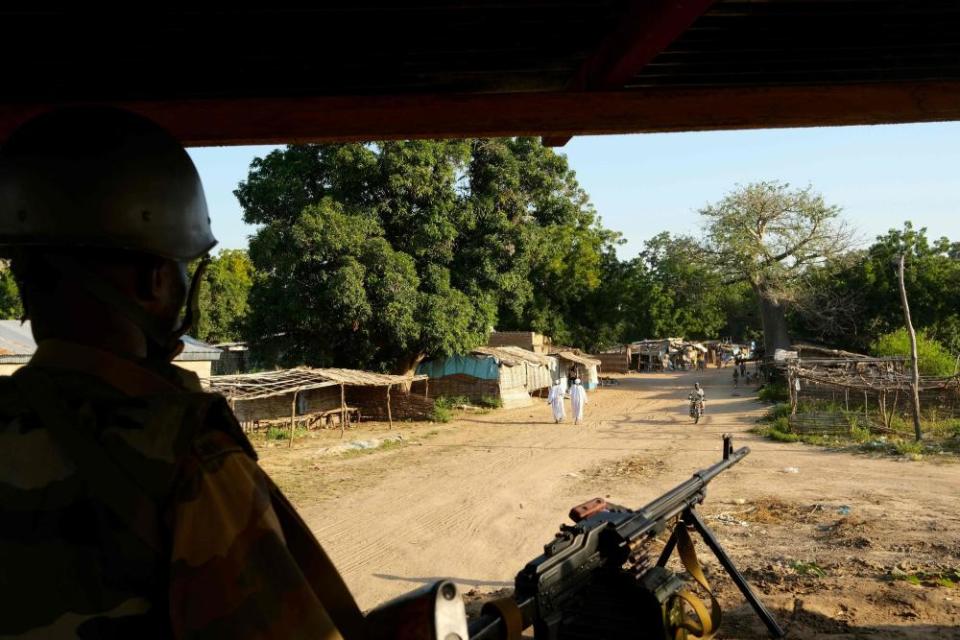Africa is humanitarian 'blind spot': the world's top 10 forgotten crises – report

The African continent is a “blind spot” for coverage of the humanitarian crises that are being fuelled by the climate emergency, according to a new analysis [pdf].
Madagascar’s chronic food crisis, where 2.6 million people were affected by drought in 2019, came top of the list of 10 of the most under-reported crises last year, Care International’s annual survey found.
Others included Zambia, a country on the frontline of the climate emergency, with 2.3 million struggling to eat due to drought, and Kenya, which received only 20% of expected rainfall in 2019, and where 1.1 million people were hungry amid both floods and drought.
Last year, climate activism led by Swedish teenager Greta Thunberg dominated headlines in the northern hemisphere, but the suffering of millions of people in food poverty caused by global heating in the south was not being covered, according to the research.
Nine of the 10 countries in which at least one million people were affected by natural or man-made disasters to receive the least media attention were in Africa, where temperatures are rising at twice the global average, according to the Intergovernmental Panel on Climate Change.
“We’re seeing increasing linkages between the effects of man-made climate change and the longevity and complexity of humanitarian crises,” said Sally Austin, international head of emergency operations at Care. “From Madagascar to Lake Chad to North Korea, the majority of crises ranked in our report are partly a consequence of declining natural resources, increasing extreme weather events and global warming more broadly.”
“What the report does is to highlight those 10 countries which received the least amount of media coverage. Is this because people aren’t interested in reading about it? Should we be thinking: ‘Is this good enough?’”
North Korea and Eritrea, both highly secretive states where press freedom is limited and reporting is restricted, were also on the list.
“The increased public attention for the global climate crisis is encouraging, but we must ensure that the conversation is not limited to the global north and much-needed transformations there,” Austin said.
The countries with most media coverage of humanitarian crisis were Syria and Yemen and the Democratic Republic of Congo, all countries with ongoing conflict.
For its fourth annual survey, Care used the Meltwater group to monitor and analyse 2.4 million online sources, in English, French, German, Spanish and Arabic. A list of 40 humanitarian crises in which a million people were affected was monitored from January 2019 until 15 November.

The other countries included the Central African Republic, which was ranked second after Madagascar, due to ongoing conflict; Burundi, where instability is causing displacement and 1.7 million people are hungry; and Burkina Faso, where a quarter of the population, 5.2 million, are affected by escalation of violence.
Ethiopia, one of the world’s most drought-prone countries, where 7.9 million people are suffering a cycle of disaster, hunger and displacement due to the reportedly shrinking Lake Chad was also on the list.
The report found a correlation between media coverage and funding received: three of the 10 most under-reported crises in the report are also on the UN’s 2019 list of most underfunded emergencies.


